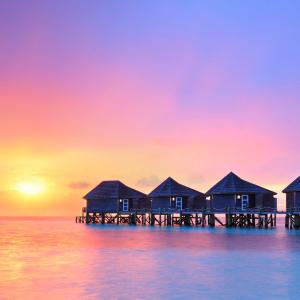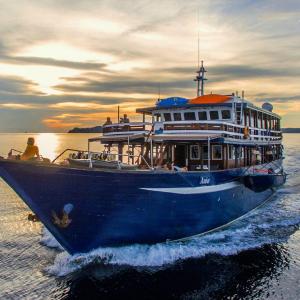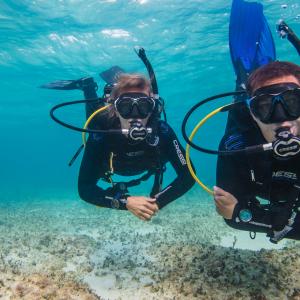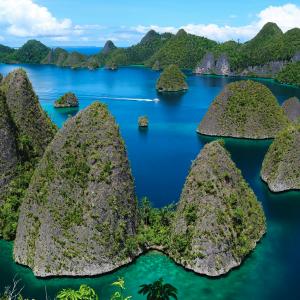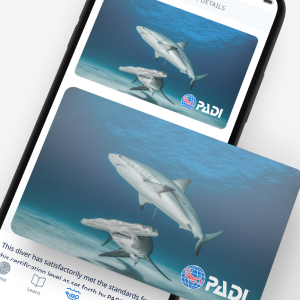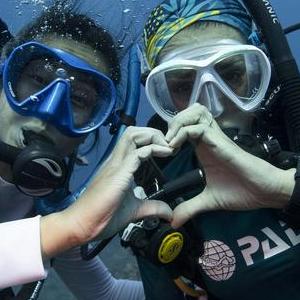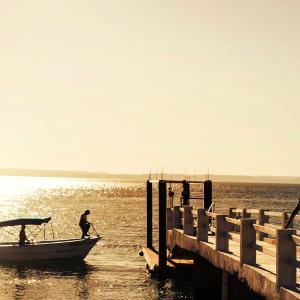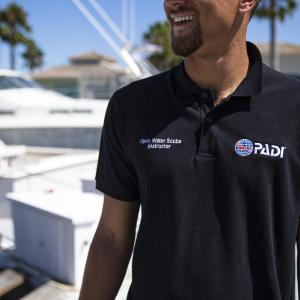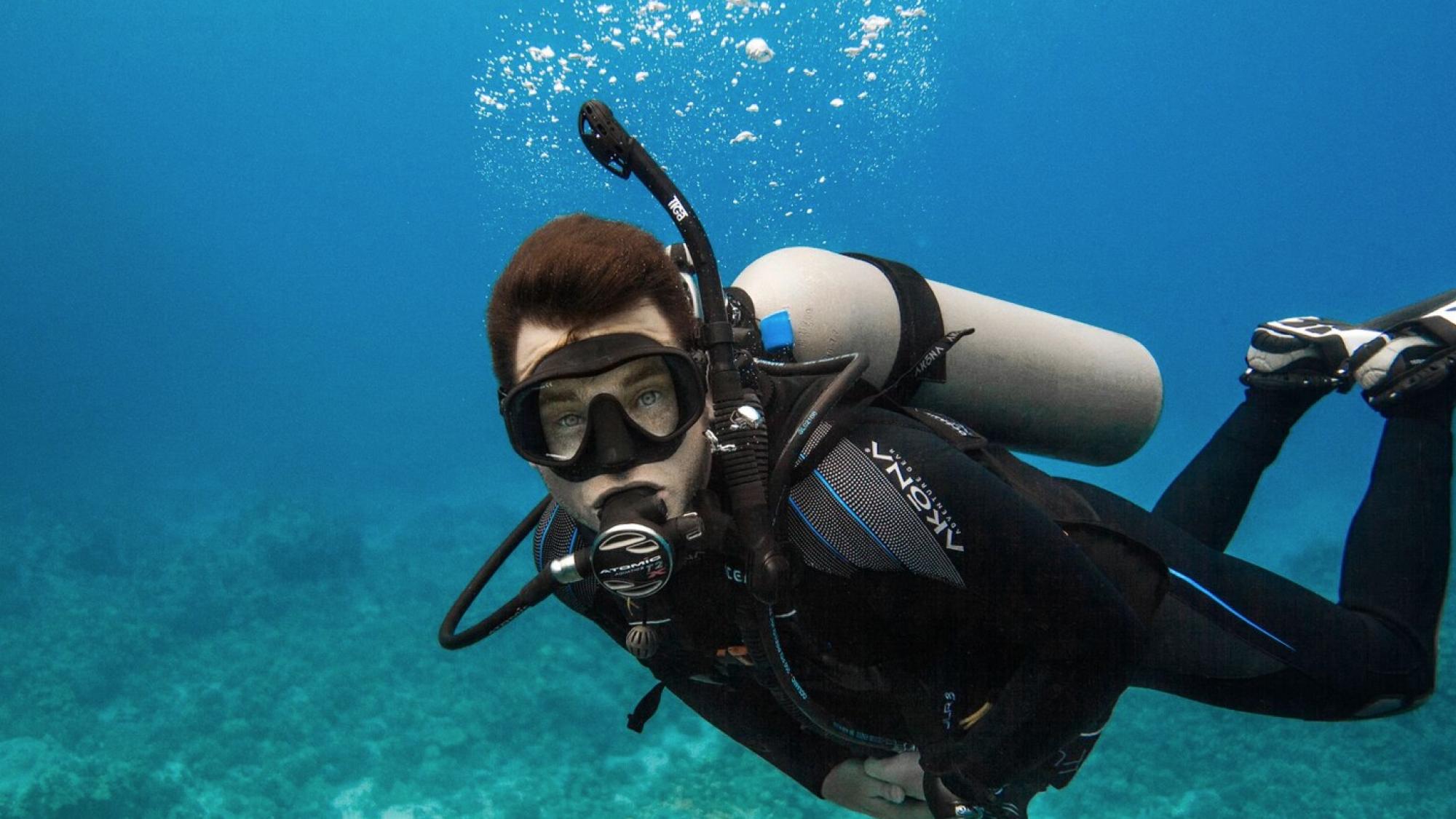Typically made of steel or aluminum, a scuba cylinder’s size and pressure rating determines its capacity of compressed gas.
คำอธิบาย
High-pressure cylinders are relatively small, yet very strong containers that hold large volumes of compressed gas. Being able to carry your gas supply with you is what defines SCUBA (self containedunderwater breathing apparatus). Whether it’s filled with regular filtered air or enriched air nitrox (higher oxygen and lower nitrogen content) or trimix (three-gas combination) for technical diving, a scuba tank is one of the most important pieces of gear. Visit your PADI Dive Center or Resort to get advice about tanks.
Standard Features
- Cylinder made of either steel or aluminum alloy, although other composites are possible.
- Steel cylinders are tough and resistant to external damage, but need proper care to avoid internal rust. They are negatively buoyant. The highest capacity cylinders are steel.
- Aluminum cylinders are more susceptible to external dents, dings and scratches than steel cylinders, but better resist internal corrosion.
- A valve controls the flow of air from the tank and connects to your regulator with either a DIN (screw in) or yoke (bracket) system. An o-ring seals your regulator to the tank valve.
- Single tank valves, made of chrome-plated brass, are most common.
- Technical divers may use dual-cylinder manifolds or use a Y-valves or H-valves to connect two regulators to one cylinder.
- Many valves have a burst disk – a thin copper disk – that will rupture, letting air escape if the tank pressure rises too high.
- A current visual inspection decal shows that the tank has been professionally checked for internal and external corrosion within the past year.
- Tanks require periodic pressure (hydrostatic) testing. The interval between tests varies in different regions ranging from two to seven years.
Optional Features
- A cylinder’s size and pressure rating determines its capacity.
- Tanks from North America have capacities that range from 6 to 40 cubic foot pony bottles (reserve cylinders) to 45 to 150+ cubic foot main cylinders.
- In metric system countries, cylinders range from 1 to 4 litre pony bottles (reserve cylinders) to 6 to 15+ litre main cylinders.
- Tanks used with enriched air need to meet oxygen service standards and require distinct green and yellow markings to identify what’s in them. Interested? Take a PADI Enriched Air Diver course.
- Cylinder boots – either plastic, vinyl or rubber – allow tanks with rounded bottoms to stand during storage and help protect surfaces from damage by tanks.
- Other accessories for cylinders include mesh protectors that slide over the cylinder, valve covers that help keep water and dust out of the valve opening, and handles and carriers that make hauling your tank a little easier.
How to Choose
Whether you own one tank, multiple cylinders or none depends on your dive activities and location. To select the right cylinder for you, think about size and capacity.
- Larger is usually better, unless you’re a smaller person and have to carry the tank a long way. Ask the dive professional at your PADI Dive Center or Resort for advice.
- Once you know the size you want, then choose steel or aluminum.
- Choose a yoke or DIN valve, based on your regulator.
- Think about a tank boot or mesh protector, and get extra o-rings.
- Make sure your new tank has a visual inspection decal, or an enriched air inspection decal (if you plan to use it for enriched air diving).
Maintenance
- Always block or secure your tank so it can’t fall over easily or roll around, which can damage it, other equipment or you.
- Besides rinsing your cylinder and valve with fresh water and storing it in a cool place, don’t allow it to completely empty – always store it with air inside to keep moisture out.
- Have your tank visually inspected annually and pressure tested as required.
- Follow maintenance considerations according to the manufacturer’s instructions.

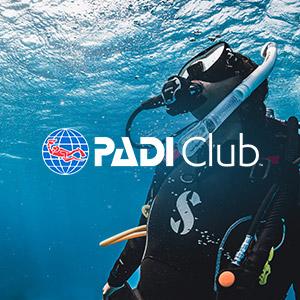
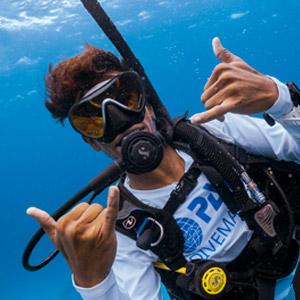

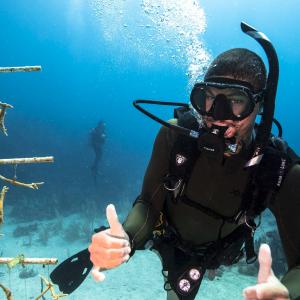
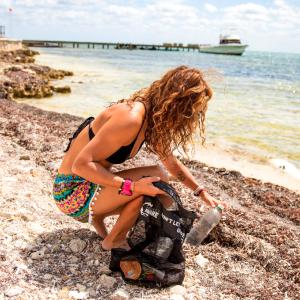
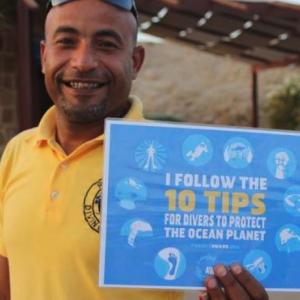
 เศษซากทะเล
เศษซากทะเล
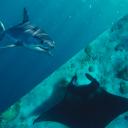 ยพันธุ์ฉลามและกระเบนที่เสี่ยงต่อการสูญพันธ์ุ
ยพันธุ์ฉลามและกระเบนที่เสี่ยงต่อการสูญพันธ์ุ
 Adopt The Blue
Adopt The Blue
